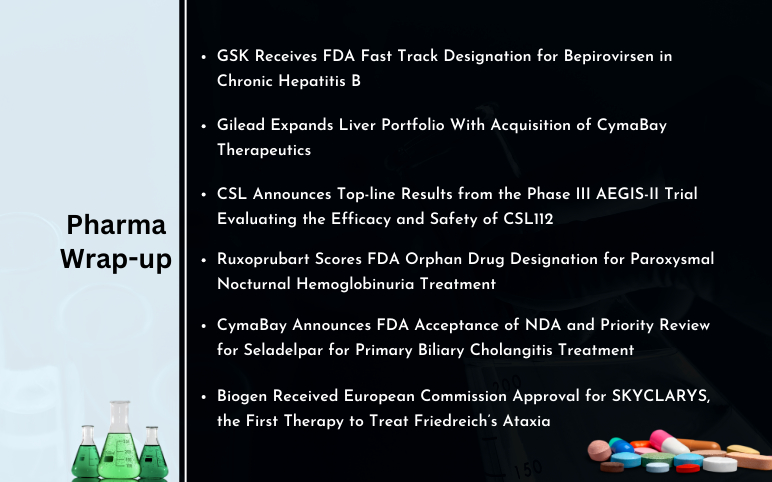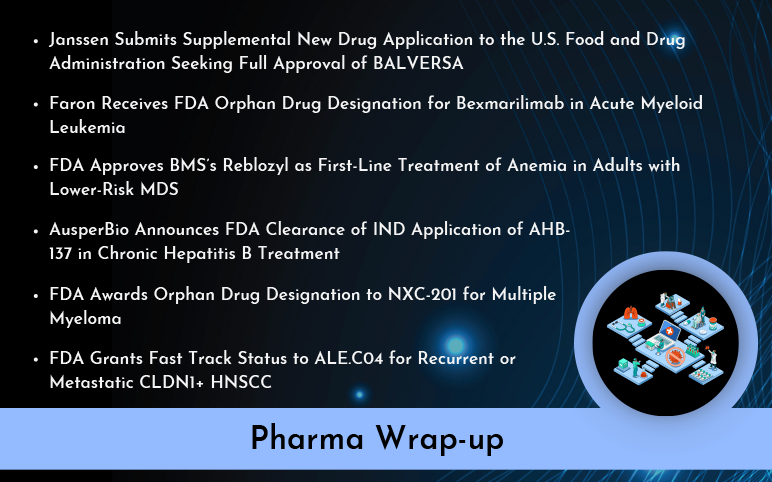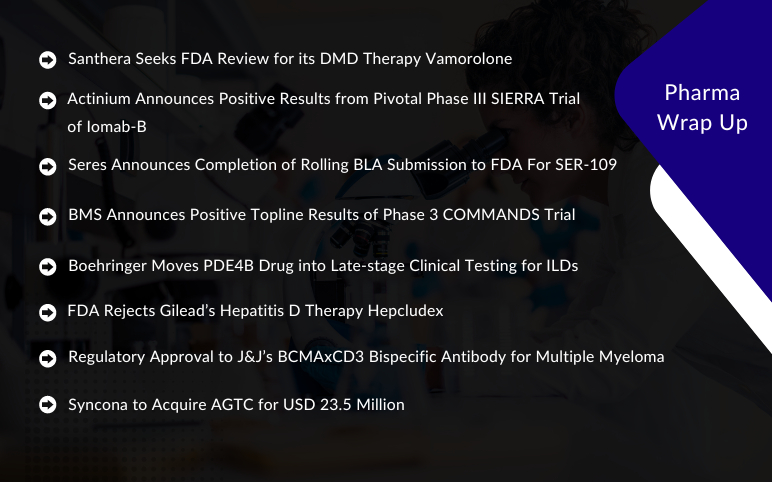Most people diagnosed with Chronic Hepatitis B depend on medication and require lifetime treatment. Treatment helps reduce the risk of liver disease and prevents from passing the infection to others. The present Chronic Hepatitis B market also houses therapeutic vaccines including recombinant peptide-based vaccines, DNA-based vaccines, viral vector-based vaccines, and cell-based vaccines. The prophylactic vaccine against HBV contains the S envelope protein of the virus, which is mainly produced in yeast S. cerevisiae containing a recombinant DNA plasmid expressing S antigen. In the absence of prophylaxis or treatment, HBV reinfection occurs in 75%–80% of persons who undergo OLT (Samuel D et al., 1993).
Other treatment options present in the Chronic Hepatitis B market are Antiviral drugs, Immunomodulator drugs, and Liver Transplantation. Liver transplantation is considered in patients with liver failure secondary to chronic hepatitis B. However, with liver transplantation, there are several complications such as recurrent Hepatitis B virus infection, which is often aggressive and associated with a significant decrease in graft and patient survival rates. Nevertheless, by the virtue of Antiviral medications as well as effective prophylactic regimens, there has been a drastic improvement in the Chronic Hepatitis B patient outcome. There are six US FDA-approved antiviral drugs, however, only three first-line antivirals are recommended treatments owing to their better resistance profile. These include tenofovir disoproxil (Viread/TDF), Vemlidy/TAF (tenofovir alafenamide), and Entecavir (Baraclude). First-line antivirals are recommended because they are safer and most effective.
Immunomodulator drugs are also reliable in boosting the immune system during the battle against the Hepatitis B virus. The most commonly prescribed Immunomodulator drugs include interferon alfa-2b (Intron A) and pegylated interferon (Pegasys). Immunomodulator drugs are the only option for patients who are co-infected with Hepatitis delta. Furthermore, these medications are a promise to patients who wish to opt for a finite course of therapy.
Without a shimmer of doubt, the treatment for Chronic Hepatitis B has considerably improved. However, the treatment approaches at hand are supportive and are laden with a high cost of treatment. Further, the treatment regimen available continues life-long, thus making patients dependent on medications. Therefore, there is a need for effective and curative treatment approaches. DelveInsight estimates an encouraging shift in the Chronic Hepatitis B market landscape for the foreseeable future owing to a significant number of pharmaceutical companies working to find a cure for the CHB virus infection. Several key pharma players are involved in developing the therapies for Chronic Hepatitis B including Assembly Sciences (ABI-H2158, ABI-H0731), Gilead Sciences (Selgantolimod), GlaxoSmithKline (GSK3228836), Regeneron Pharmaceuticals (Cemiplimab), Janssen Sciences (JNJ-56136379), and Dicerna (RG6346). The anticipated launch of emerging therapies is expected to open new during the forecast period of 2020-2030.
Further research and studies are required to establish the cost-effectiveness of the emerging therapies and if they can prevent the recurrence of Chronic Hepatitis B after liver transplant. Recent advances in the field of medical technologies and pharmaceutical sciences have also provided a gateway for new avenues towards achieving a curative treatment for Chronic Hepatitis B. Overall, with a dramatic shift in the interest towards eliminating HBV infections, more efficacious treatments, mass immunization programs, and safe injection techniques, the cure may be well within the attainable capacity in the foreseeable future.



